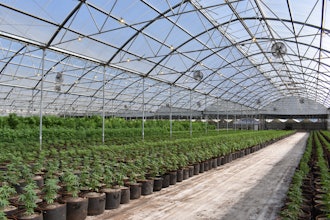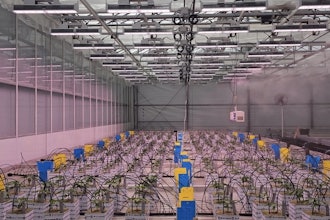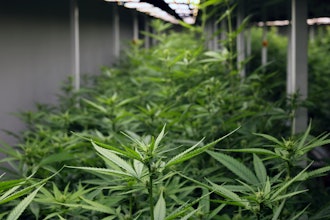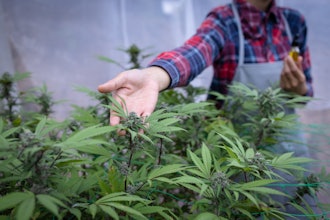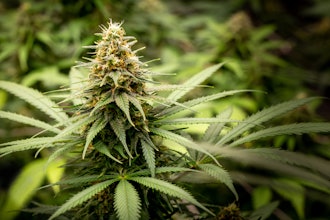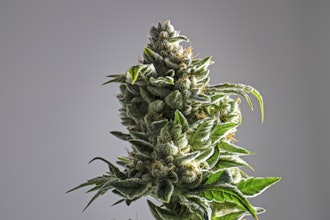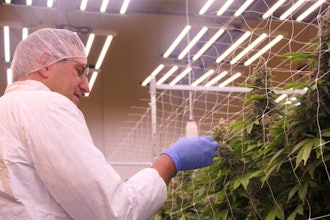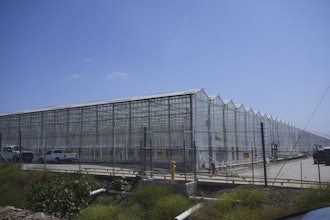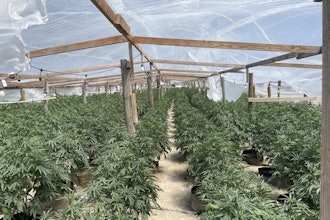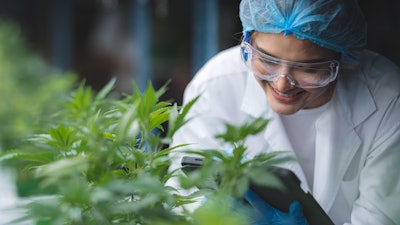
The cannabis industry has continued to evolve, and often, the difference between success and failure depends on the brand's strength in the consumer's eyes. Approaches vary, but the taglines tend to trend back to the proven focus on quality and innovation, such as with unique genetics or novel, dependable means of delivery. Innovation is also critical for improving the cost of goods, particularly when supply-based pricing threatens existing profit margins. Profitability is threatened even with the most efficient operations. Coupled with downward pricing, the need to differentiate is constant.
Innovation in the cannabis industry encompasses virtually everything. The plant itself is an imminently workable species, even with traditional breeding approaches. Epigenetic factors, such as improved nutrient media and growing conditions, continue to maximize the plant's potential. Beyond the plant, the industry has long been a hotbed of innovation. One need only attend the trade shows to see innovation in cultivation, manufacturing, processing and delivery.
Sources of innovation vary, but one under-appreciated resource is our universities and research institutions. Most universities have established mechanisms for conveying innovation to for-profit enterprises, commonly referred to as "technology transfer." These functions enable a business to engage with the university with the intent of further testing and/or licensing of innovation for use with products and services.
Universities vary widely in their makeup, but typical frameworks include intellectual property licensing in exchange for a royalty (or even equity). That said, many different options are available to enable the commercialization of such innovation, and universities are continuing to improve and evolve their models to accommodate opportunities beyond simply publishing results.
As the cannabis industry blossomed, it was common to hear university administrators caution against working with illegal substances. Often this sentiment was followed by hypotheticals describing the loss of federal research funding due to such illegal research. However, these fears have subsided as the various agencies have provided clarity, as well as the opportunity to center research efforts around federally-compliant hemp research. Even further, the 2022 enactment of the bipartisan Medical Marijuana and Cannabidiol Research Expansion Act (HR 8454) assures increased access to research materials that were previously difficult to procure or supply.
Now, there are examples of significant advances in university research applicable to cannabis. Examples include:
- Polyploid species (plants having additional sets of chromosomes)
- Crop steering
- Cannabinoid profiles and exotic cannabinoid production
- Cell fermentation and culturing
- Formulations and delivery
- Medical treatments
- Instrumentation/Analysis/Data
Universities are going further. They are establishing centers and institutes to encourage interdisciplinary research for cannabis. These mechanisms are designed to promote corporate participation – even partnering – to convey societal benefit. Clinical studies can be performed. Rapid prototyping is available. Often, these functions are available using simple testing agreements allowing the business to own its results.
The technology transfer function in universities is not perfect, and while there are a few success stories, there are also many failures. The model is also often criticized for being inflexible and too reliant on "intellectual property licensing" and "royalties." Yet peer into the typical state-compliant cannabis operation, especially multi-state operators, and you will see exactly those features. Whether designed to work around federal tax (280E) issues or to allow for brand deployment to state-compliant businesses, IP licensing is considered a best practice in the cannabis industry. These familiar structures suggest the cannabis industry is likely more receptive than other industries in accommodating the typical university tech-transfer models.
Most universities with material research activities are equipped to handle the technology transfer function. Many also dedicate resources to filing for patent protection, often before finding a commercial partner. They will seek to market their unlicensed technologies, although universities are not well suited for this.
The result is that many technologies sit available, and one need only to identify where the research is occurring and innovations may be available. Dedicated technology 'scouts' may be useful in combing the research landscape for technologies of interest. Monitoring patent activity and grant funding can also be an excellent guide for identifying initiatives within various institutions.
Lastly, strategic corporate initiatives have become popular, particularly with big pharma and certain health sciences centers. These models provide excellent access to deal flow, and can often be leveraged to obtain grant funding, all of which can inure to the for-profit business when properly structured while still fulfilling the university's mission of teaching and disseminating knowledge.
Ultimately, the barriers to research and innovation are being removed for our universities to join in driving innovation in the cannabis industry. Cannabis ventures interested in competitive differentiation through innovation should consider opportunities to engage with our universities and research institutions.
__________
K. Lance Anderson is a partner at Dickinson Wright PLLC in Austin, Texas. His practice focuses on complex intellectual property (IP) and technology transactions, university technology transfer and advising businesses in acquisition and disposition of innovation-rich assets. A significant portion of his practice includes plant traits, plant breeder rights (PVPs, plant patents) and plant-derived products and related formulations, particularly within the emerging medicinal and adult-use cannabis markets. He can be reached at [email protected]










